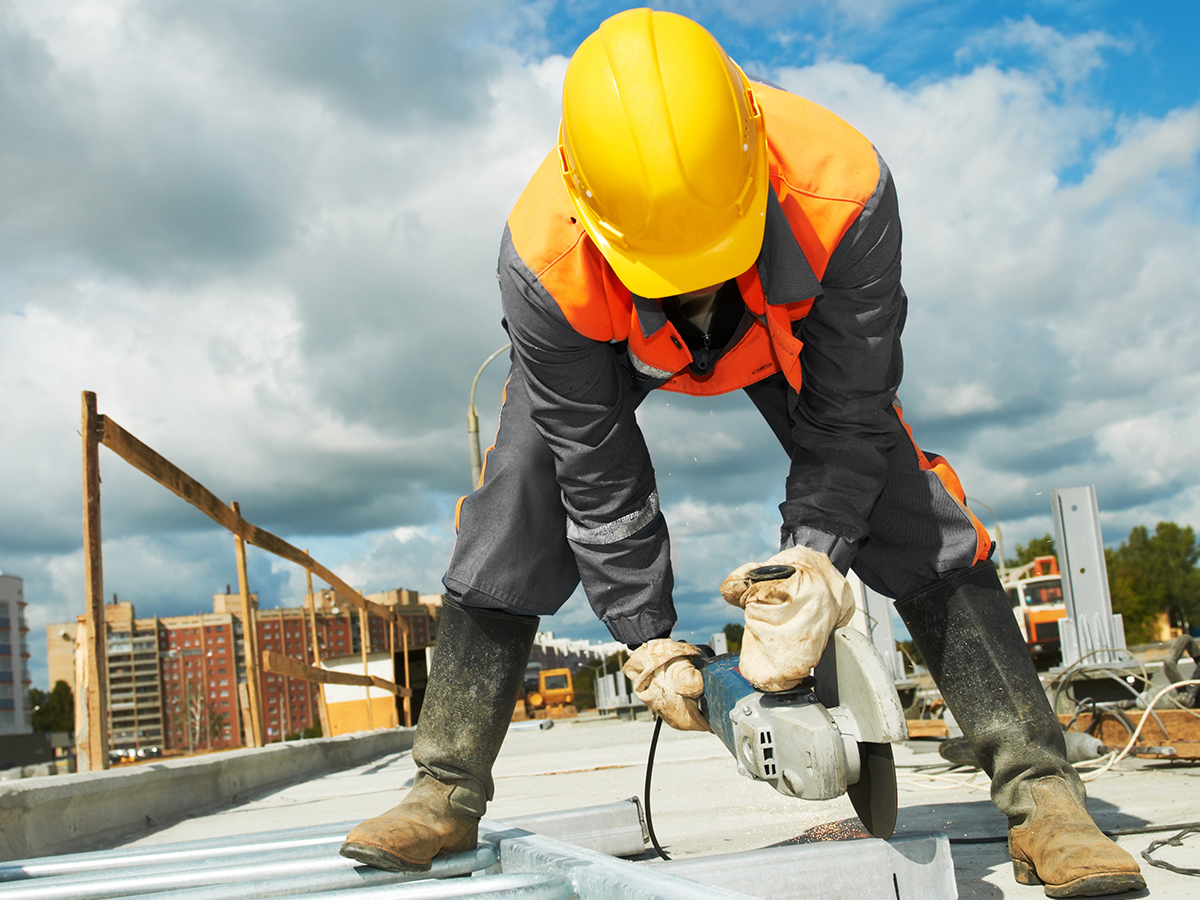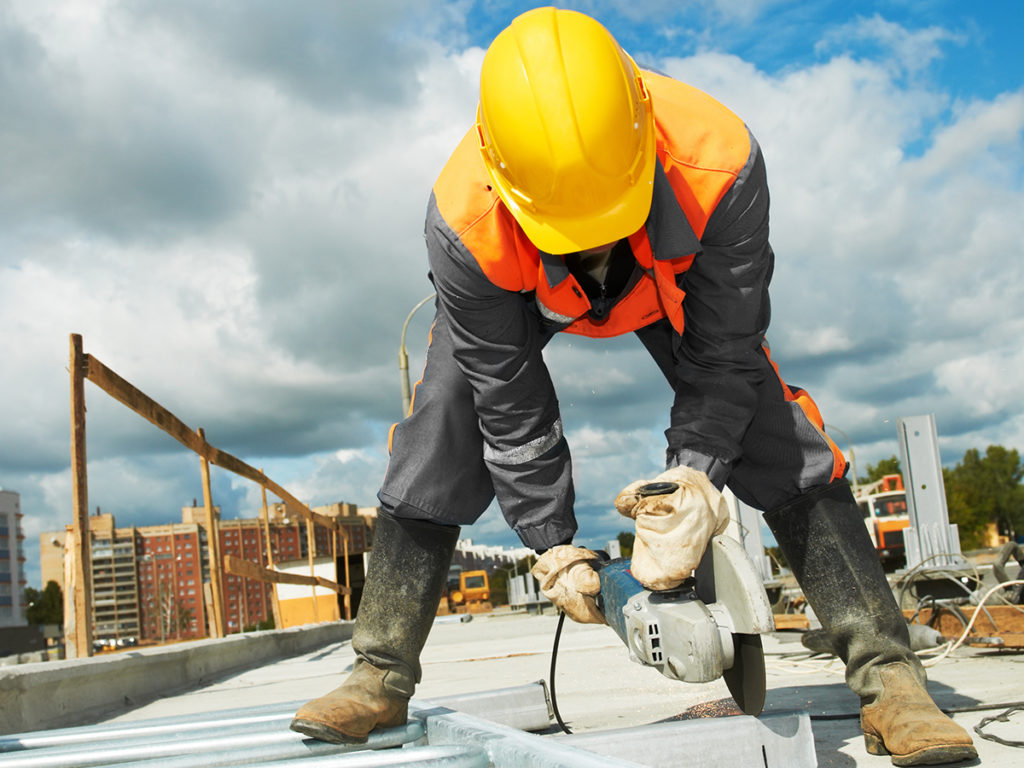

As a tradie, you know the difference that having a good set of the right tools makes in helping your day run smoothly and efficiently. While most thoughts jump straight to the tool belt or box, what many people forget is that your feet and legs are also one of your most important tools – and having good foot care is like keeping your tools sharp or well-oiled.
As podiatrists that care for the foot and leg health of tradies every day, today our team has shared five things that we want tradies to know so they can stay comfortable and pain-free during the long days on their feet.
1. The long hours do make you vulnerable to foot & leg pain – and it’s likely that the problem won’t go away on its own
When you’re walking or on your feet, your bones, muscles and joints are taking on immense pressure from your body weight – plus the demands of your job, especially if it involves lifting, bending, squatting or going up and down stairs.
When any structure in the body is repetitively placed under pressure, and it gets overloaded faster than it has a chance to rest and repair, there’s a risk of injury – and that means pain. If you’ve developed an injury, the nature of your work makes it unlikely that it’ll get better on its own because you’ll still keep loading and using that damaged muscle, tendon or bone every day that you’re at work – which will likely make it worse, not better. This is very different to an office role, for example, where you can keep your foot in a moon boot and elevated off the ground while you sit and perform your duties.
Podiatrists help by creating a treatment plan that is tailored to both your unique lower limb biomechanics – and the nature of the work you’re doing. The goal is always to keep you working while alleviating your pain, optimising your comfort, and facilitating optimum healing and repair for your injury.
2. Yes, you’re still vulnerable even if you stand in one place without doing a lot of walking
Think the above point doesn’t apply to you because you tend to stay relatively immobile with minimal movement throughout the day? Think again.
When you’re standing all day, the same muscles and bones take on all the pressure all day, as opposed to shifting it between different muscles and joints when you’re regularly walking. This makes you vulnerable to overloading muscles and developing problems like metatarsalgia, heel pain, Achilles pain, corns and calluses – to name a few.
For the list of the top five foot problems we see in tradies and how to treat them, click here.
3. Niggles and small discomforts almost always comes before more severe pain
When it comes to overuse injuries, which is the most common type we see in tradies, the damage to your muscles, tissues or bones is cumulative. This means that it starts small, like microtears starting in a muscle, and when the problem isn’t addressed or treated, it worsens over time. This means that the first signs that a significant injury is on its way is discomfort, niggles or minor pains.
Podiatrists help you identify your risks based on your gait, foot biomechanics, foot posture and other characteristics – and then work to help prevent your discomfort from turning into a serious problem. A common example is plantar fasciitis – which starts as localised heel pain and gets progressively worse involving other areas of the foot over time, if left untreated.
4. Blisters, rubbing and pains from your work boots don’t “come with the job”
Yeah my boots give me a bit of grief here and there, but that just comes with the job, right?
No – it is actually not normal for your work boots to cause you pain. Blisters, calluses, corns, ingrown toenails, fungal infections and other boot-related problems are signs that something isn’t quite right, and it needs your attention. It could be the weight of your boots, their fit, their level of support, their weatherproofing – there are a wide variety of factors that can contribute to boot-related pain, and none of them should be put up with or ‘grinned and beared’.
For tips on how to select the best tradie work boots, check out our safety boot selection guide.
5. Your work places unique demands on your body, and podiatrists understand what these are and how best to help you
Just like how an athlete needs to work with someone that understands the unique needs that their chosen sport places on their body, we understand the demands that your work places on your feet and legs – from the reason that your legs ache and feel heavy at the end of the day, to the impact that your heavy work boots are having on your foot pain.
This knowledge enables us to help prevent pain and injuries – as well as treat it when it develops. Coming in for a biomechanical assessment before any problems develop lets us identify the risks that your job combined with your foot type and gait characteristics create. We’ll then create a plan to help you manage these risks and help avoid injury. If you’re already injured, we’ll assess to understand why it has occurred, working to not only treat the problem and give you relief but to help prevent it from recurring in the future.
Remember, the problems and pains that develop at work don’t just stay at work. They impact you when you get home, when you’re out with your family, when you’re playing social sports – and everywhere else. That’s precisely why here at My FootDr, we stand for healthy feet, better lives.
Our podiatrists have dedicated their careers to helping people get the best outcomes for their foot and leg problems, and have plenty of experience in helping tradies with concerns and problems just like yours.
Don’t worry if you’ve never been to a podiatrist before – we’re here to help and will fill you in on everything you need to know when it comes to healthy feet. Book your appointment by clicking here or call us on 1800 FOOTDR.


